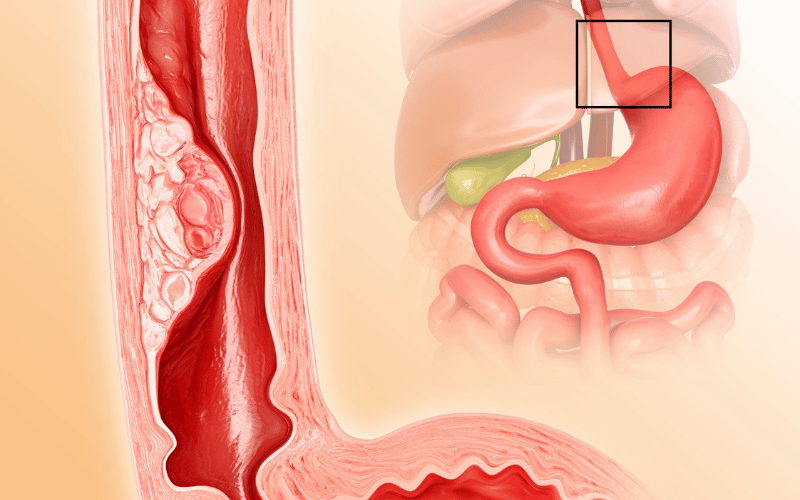Introduction: Unveiling the Intricacies of Esophageal Ulcers

The human body is a marvel of nature, intricately designed and remarkably resilient. Yet, it isn’t impervious to ailments and conditions, some of which don’t get the attention they merit. Esophageal ulcers, while not uncommon, often find themselves in this overlooked category. The condition is more than just a medical term; it symbolizes the discomfort, pain, and sometimes the debilitating state of those affected by it.
Delving into the world of esophageal ulcers brings forth a slew of questions. What causes them? Are they preventable? And importantly, how can one recognize the signs early enough to seek timely intervention? Addressing these questions isn’t just about filling a knowledge gap; it’s about equipping oneself to maintain optimal esophageal health. Whether you’re someone dealing with the condition, a caregiver, or just someone keen on understanding the human body better, it’s imperative to approach the topic with an inquisitive mindset.
This article aims to shed light on the critical aspects of esophageal ulcers. With a blend of facts, expert insights, and actionable advice, we hope to provide clarity on a condition that has long remained in the shadows. Knowledge, they say, is the first step to empowerment. And as we embark on this enlightening journey together, the goal is to emerge more informed and better prepared.
Fact 1: What is an Esophageal Ulcer?

At its core, an esophageal ulcer is a lesion or sore that forms within the lining of the esophagus, the muscular tube connecting the throat to the stomach. These sores can develop due to various reasons, ranging from persistent acid exposure to infections. Over time, the ulcer can lead to immense discomfort and sometimes more severe complications.
The esophagus plays a pivotal role in the digestive process, ensuring food travels from the mouth to the stomach. The presence of an ulcer disrupts this pathway, causing varying degrees of discomfort and hindering the natural movement of food and liquid. The cause and severity of the ulcer determine its symptoms and impact on an individual’s health.
A crucial aspect of understanding esophageal ulcers lies in differentiating them from other types of ulcers, like stomach or duodenal ulcers. While all ulcers are lesions, their location and potential causes vary. Esophageal ulcers specifically form within the esophagus, closer to the throat than the stomach.
For most individuals, the presence of such an ulcer becomes apparent due to persistent symptoms, often requiring medical intervention. Early detection and understanding can significantly enhance the outcome and pave the way for faster recovery. Furthermore, while these ulcers can occur in individuals of various age groups and health conditions, certain risk factors elevate the likelihood of their development. (1)